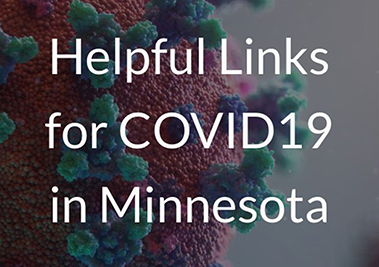Health officials say 31 percent of Minnesotans have been living in zip codes with “high vulnerability” scores during the pandemic.
These scores take in variables like poverty and access to transportation to determine what challenges an area might face in the event of a disaster like a pandemic.
Since COVID arrived in Minnesota, this 31 percent has experience 42 percent of all COVID hospitalizations and 42 percent of all COVID deaths in the state.
Communities of color have been among the hardest hit. Vaccine coverage still lags among Black, Hispanic and multiracial communities.
Among Minnesota’s American Indian population, close to 40 percent have received at least one vaccine dose. And among the Asian/Pacific Islander population, over 45 percent have.
This is compared to the over 50 percent of white Minnesotans.
Minnesota wants to close the vaccine gap. So for the next weeks, state health officials will be working with community partners to bring vaccine doses directly to these hard-hit zip codes.
They’ll also be targeting poorer and more isolated communities, including homeless encampments, agricultural workplaces and housing sites with limited transportation access through pop-up and mobile vaccination clinics.



 How Tribes Provide Leadership and Learning for Public Health Approaches During Pandemic
How Tribes Provide Leadership and Learning for Public Health Approaches During Pandemic